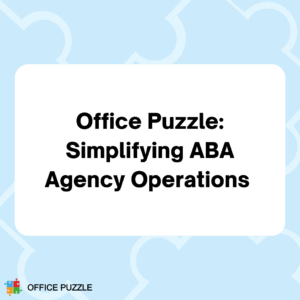 Simplifying ABA Agency Operations
August 29, 2025
Running an ABA agency isn’t easy. Between staff management, billing, reporting, and compliance, many agencies feel buried in administrative work…
Simplifying ABA Agency Operations
August 29, 2025
Running an ABA agency isn’t easy. Between staff management, billing, reporting, and compliance, many agencies feel buried in administrative work…
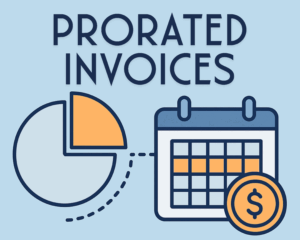 Understanding Prorated Subscription Charges
June 25, 2025
Office Puzzle bills per active user monthly. Prorated charges apply when adding/removing users mid-month, pay only for days active on…
Understanding Prorated Subscription Charges
June 25, 2025
Office Puzzle bills per active user monthly. Prorated charges apply when adding/removing users mid-month, pay only for days active on…
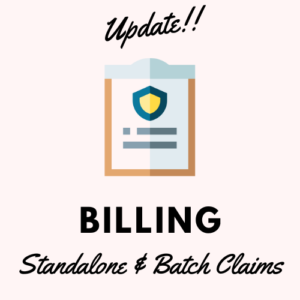 Mastering Billing with Batch Claims
February 26, 2025
We have created a step-by-step tutorial to guide you through the process of Office Puzzle's billing management, focusing on standalone…
Mastering Billing with Batch Claims
February 26, 2025
We have created a step-by-step tutorial to guide you through the process of Office Puzzle's billing management, focusing on standalone…
 Florida SMMC Billing Updates: Streamlining BA Services for 2025
January 20, 2025
SMMC 2025 transition! Payer details, billing tips, and key steps like choosing a clearinghouse, verifying enrollments, and testing claims. Office…
Florida SMMC Billing Updates: Streamlining BA Services for 2025
January 20, 2025
SMMC 2025 transition! Payer details, billing tips, and key steps like choosing a clearinghouse, verifying enrollments, and testing claims. Office…
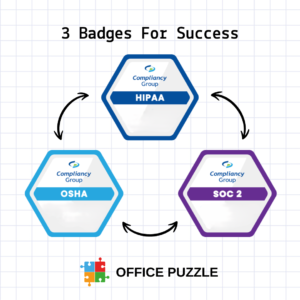 Compliance Trust Badges: Ensuring Data Security & Regulatory Adherence
October 1, 2024
At Office Puzzle, we proudly hold Compliance Trust Badges, showcasing our dedication to HIPAA, OSHA, and SOC 2 compliance for…
Compliance Trust Badges: Ensuring Data Security & Regulatory Adherence
October 1, 2024
At Office Puzzle, we proudly hold Compliance Trust Badges, showcasing our dedication to HIPAA, OSHA, and SOC 2 compliance for…
 Rate Changes for Medicaid in Florida
September 27, 2024
Rate Changes for Medicaid in Florida effective October 1st, 2024.
Rate Changes for Medicaid in Florida
September 27, 2024
Rate Changes for Medicaid in Florida effective October 1st, 2024.
 Payments & Invoice Efficient Integration
February 12, 2024
Take advantage of this tutorial to enhance your invoicing capabilities, save valuable time, and efficiently manage your agency's invoices on…
Payments & Invoice Efficient Integration
February 12, 2024
Take advantage of this tutorial to enhance your invoicing capabilities, save valuable time, and efficiently manage your agency's invoices on…
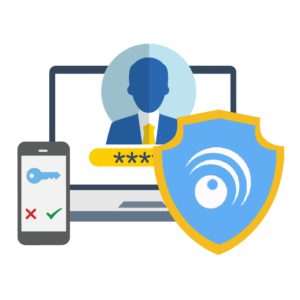 Multi-Factor Authentication (MFA)
February 8, 2024
Multi-Factor Authentication (MFA) is a security mechanism that requires users to provide two or more different authentication factors to verify…
Multi-Factor Authentication (MFA)
February 8, 2024
Multi-Factor Authentication (MFA) is a security mechanism that requires users to provide two or more different authentication factors to verify…
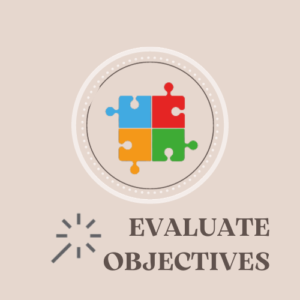 A Step-by-Step Guide to Evaluate Objectives
December 29, 2023
Evaluating objectives is a crucial step in managing and organizing Short Term Objectives (STOs) within the Office Puzzle system.
A Step-by-Step Guide to Evaluate Objectives
December 29, 2023
Evaluating objectives is a crucial step in managing and organizing Short Term Objectives (STOs) within the Office Puzzle system.
 Importance of Swift Billing & Payment Collection for ABA Providers
September 26, 2023
It's crucial for ABA providers to recognize the vital role that swift billing and payment collection play in enhancing cash…
Importance of Swift Billing & Payment Collection for ABA Providers
September 26, 2023
It's crucial for ABA providers to recognize the vital role that swift billing and payment collection play in enhancing cash…
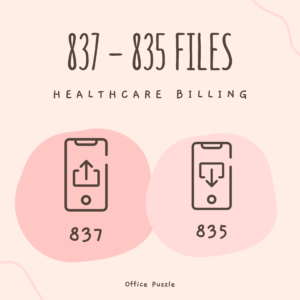 Understanding 835 and 837 files in Billing
September 19, 2023
Two fundamental pieces of the healthcare billing & claims processing are the 835 and 837 files, being a maze of…
Understanding 835 and 837 files in Billing
September 19, 2023
Two fundamental pieces of the healthcare billing & claims processing are the 835 and 837 files, being a maze of…
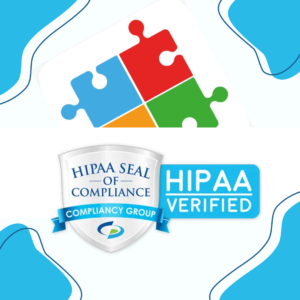 HIPAA Compliance with Compliancy Group
September 13, 2023
Office Puzzle has taken all steps to prove its good faith effort to achieve compliance with the Health Insurance Portability…
HIPAA Compliance with Compliancy Group
September 13, 2023
Office Puzzle has taken all steps to prove its good faith effort to achieve compliance with the Health Insurance Portability…
 Simplifying ABA Agency Operations
August 29, 2025
Running an ABA agency isn’t easy. Between staff management, billing, reporting, and compliance, many agencies feel buried in administrative work…
Simplifying ABA Agency Operations
August 29, 2025
Running an ABA agency isn’t easy. Between staff management, billing, reporting, and compliance, many agencies feel buried in administrative work…
 Understanding Prorated Subscription Charges
June 25, 2025
Office Puzzle bills per active user monthly. Prorated charges apply when adding/removing users mid-month, pay only for days active on…
Understanding Prorated Subscription Charges
June 25, 2025
Office Puzzle bills per active user monthly. Prorated charges apply when adding/removing users mid-month, pay only for days active on…
 Mastering Billing with Batch Claims
February 26, 2025
We have created a step-by-step tutorial to guide you through the process of Office Puzzle's billing management, focusing on standalone…
Mastering Billing with Batch Claims
February 26, 2025
We have created a step-by-step tutorial to guide you through the process of Office Puzzle's billing management, focusing on standalone…
 Florida SMMC Billing Updates: Streamlining BA Services for 2025
January 20, 2025
SMMC 2025 transition! Payer details, billing tips, and key steps like choosing a clearinghouse, verifying enrollments, and testing claims. Office…
Florida SMMC Billing Updates: Streamlining BA Services for 2025
January 20, 2025
SMMC 2025 transition! Payer details, billing tips, and key steps like choosing a clearinghouse, verifying enrollments, and testing claims. Office…
 Compliance Trust Badges: Ensuring Data Security & Regulatory Adherence
October 1, 2024
At Office Puzzle, we proudly hold Compliance Trust Badges, showcasing our dedication to HIPAA, OSHA, and SOC 2 compliance for…
Compliance Trust Badges: Ensuring Data Security & Regulatory Adherence
October 1, 2024
At Office Puzzle, we proudly hold Compliance Trust Badges, showcasing our dedication to HIPAA, OSHA, and SOC 2 compliance for…
 Rate Changes for Medicaid in Florida
September 27, 2024
Rate Changes for Medicaid in Florida effective October 1st, 2024.
Rate Changes for Medicaid in Florida
September 27, 2024
Rate Changes for Medicaid in Florida effective October 1st, 2024.
 Payments & Invoice Efficient Integration
February 12, 2024
Take advantage of this tutorial to enhance your invoicing capabilities, save valuable time, and efficiently manage your agency's invoices on…
Payments & Invoice Efficient Integration
February 12, 2024
Take advantage of this tutorial to enhance your invoicing capabilities, save valuable time, and efficiently manage your agency's invoices on…
 Multi-Factor Authentication (MFA)
February 8, 2024
Multi-Factor Authentication (MFA) is a security mechanism that requires users to provide two or more different authentication factors to verify…
Multi-Factor Authentication (MFA)
February 8, 2024
Multi-Factor Authentication (MFA) is a security mechanism that requires users to provide two or more different authentication factors to verify…
 A Step-by-Step Guide to Evaluate Objectives
December 29, 2023
Evaluating objectives is a crucial step in managing and organizing Short Term Objectives (STOs) within the Office Puzzle system.
A Step-by-Step Guide to Evaluate Objectives
December 29, 2023
Evaluating objectives is a crucial step in managing and organizing Short Term Objectives (STOs) within the Office Puzzle system.
 Importance of Swift Billing & Payment Collection for ABA Providers
September 26, 2023
It's crucial for ABA providers to recognize the vital role that swift billing and payment collection play in enhancing cash…
Importance of Swift Billing & Payment Collection for ABA Providers
September 26, 2023
It's crucial for ABA providers to recognize the vital role that swift billing and payment collection play in enhancing cash…
 Understanding 835 and 837 files in Billing
September 19, 2023
Two fundamental pieces of the healthcare billing & claims processing are the 835 and 837 files, being a maze of…
Understanding 835 and 837 files in Billing
September 19, 2023
Two fundamental pieces of the healthcare billing & claims processing are the 835 and 837 files, being a maze of…
 HIPAA Compliance with Compliancy Group
September 13, 2023
Office Puzzle has taken all steps to prove its good faith effort to achieve compliance with the Health Insurance Portability…
HIPAA Compliance with Compliancy Group
September 13, 2023
Office Puzzle has taken all steps to prove its good faith effort to achieve compliance with the Health Insurance Portability…